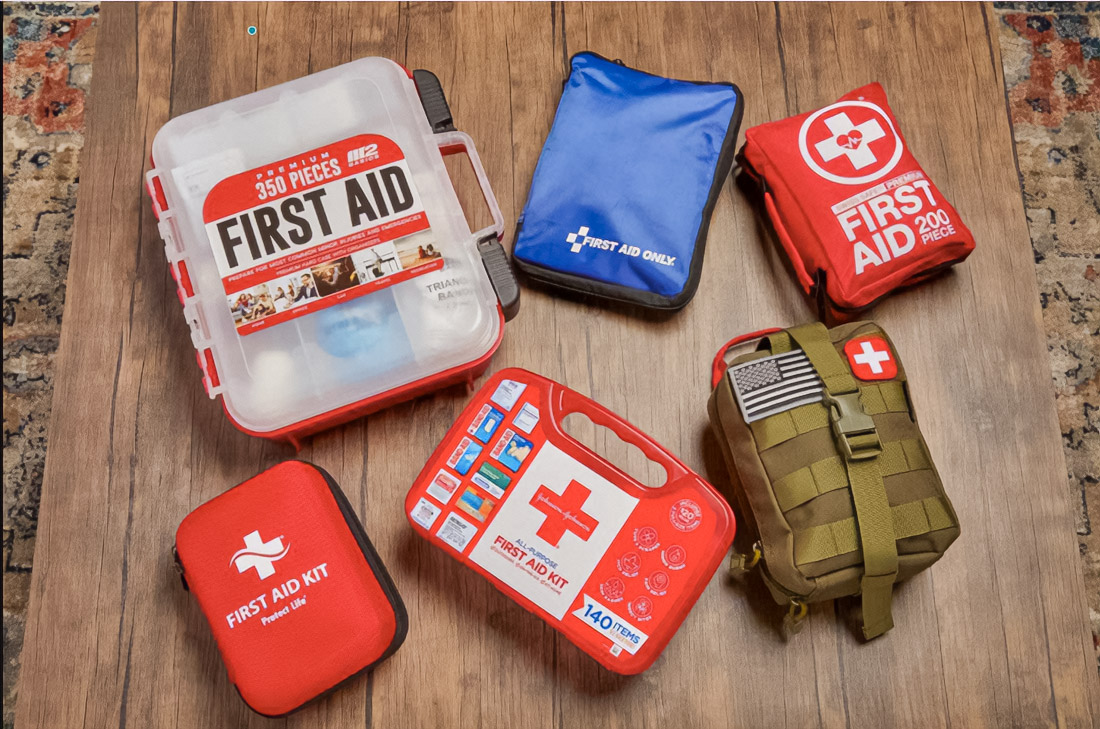In the modern era, care about health and ecology requires a conscious choice of materials for personal hygiene. More and more people pay attention to innovative breathing materials, which become the basis in the production of means of hygiene, such as diapers, sanitary napkins, and other women hygiene products. These advanced materials provide not only comfort and skin protection but also meet the requirements of sustainable development. Explore why breathing materials receive such high ratings.
Importance of choice breathing materials in hygienic products

Basis breathing materials: how to work ventilation
Breathing materials represent complex textile or polymer constructions, allowing air freely circulate. This happens thanks to unique structure of fibers and micropores, which not only provide ventilation, but and retain protective functions of material. In hygienic products importance of breathability lies in maintaining temperature and humidity of skin, what prevents overheating and accumulation moisture.
Advantages for health and comfort
Breathability of materials significantly reduces the risk of skin diseases. The greenhouse effect from non-breathing materials increases the moisture and temperature of the skin, which can cause diaper rash and irritation. On the contrary, materials with good breathability contribute to the natural exchange of heat and moisture, minimizing the likelihood of irritation. Advantages evident: freshness and dryness throughout all time of use, even for people with highly sensitive skin or allergies. Learn more about diaper dermatitis.
Ecological aspect breathing materials

In light of ecological crisis need in environmentally friendly options became obligatory. Often breathing materials made from natural fibers, such as cotton and bamboo, which biodegradable and require less resources. These materials reduce carbon footprint of products thanks to their lightness and structure, which reduces volume and waste.
Innovations in production and technology
The use of nanotechnology and modern methods of processing fibers increased the quality of breathing materials. Nanostructured membranes combine high breathability with waterproofness, which is especially useful for diapers and pads. Lamination and micro perforation give the opportunity to create materials with precise parameters of breathing properties, meeting the needs of users. Learn more about nanotechnology.
Successful cases on market
Today, we see many examples of successful application of breathing materials. Diapers with breathing membranes provide dryness and comfort children for 12 hours, reducing the risk of diaper rash by 40%. Female pads, which use breathing layers, increase comfort and freshness throughout the day, which is confirmed in 95% of the reviews of consumers. In comparison with traditional products, such products show improved indicators of moisture absorption and ventilation. Explore research on different sanitary materials.
Problems and challenges for consumers
Despite many advantages, breathing materials have their limitations, such as their high cost. Price on such materials can be higher, what can affect accessibility for wide circle of consumers. In addition, breathing materials can differ by their properties depending on manufacturer, what requires careful choice and study of products.
Conclusions and perspectives
Breathing materials play a key role in the development of innovative hygienic products, offering many advantages for health, comfort, and ecology. They improve quality of life and support ecological initiatives. Despite current limitations, we can expect further progress in the area of creating safe and environmentally friendly products, which will satisfy the expectations of a wider circle of consumers. Future promises become even more comfortable thanks to innovations that stand on the border of science and hygiene.
Hiking addict, audiophile, Swiss design-head and front-end developer. Concept is the foundation of everything else.



